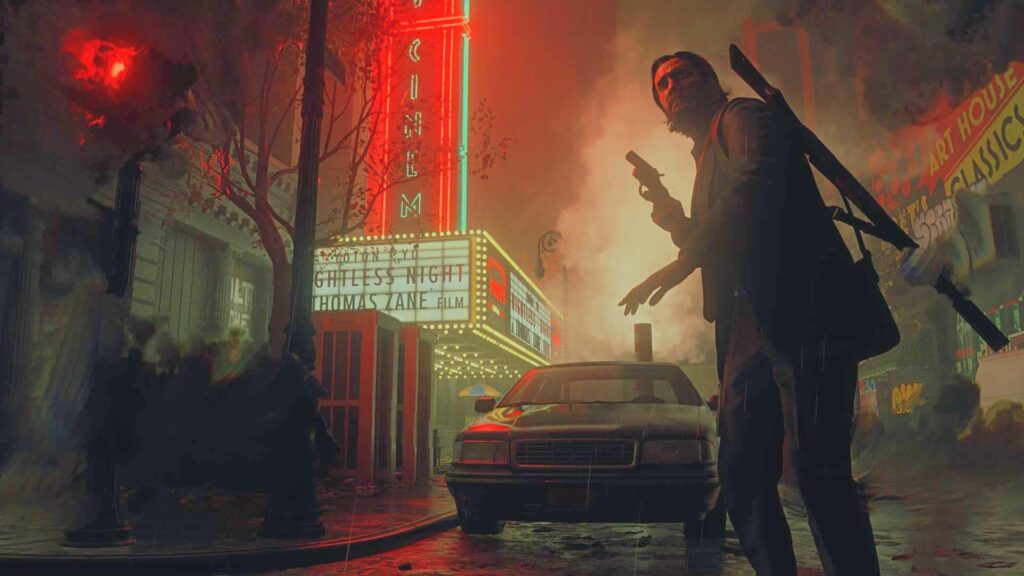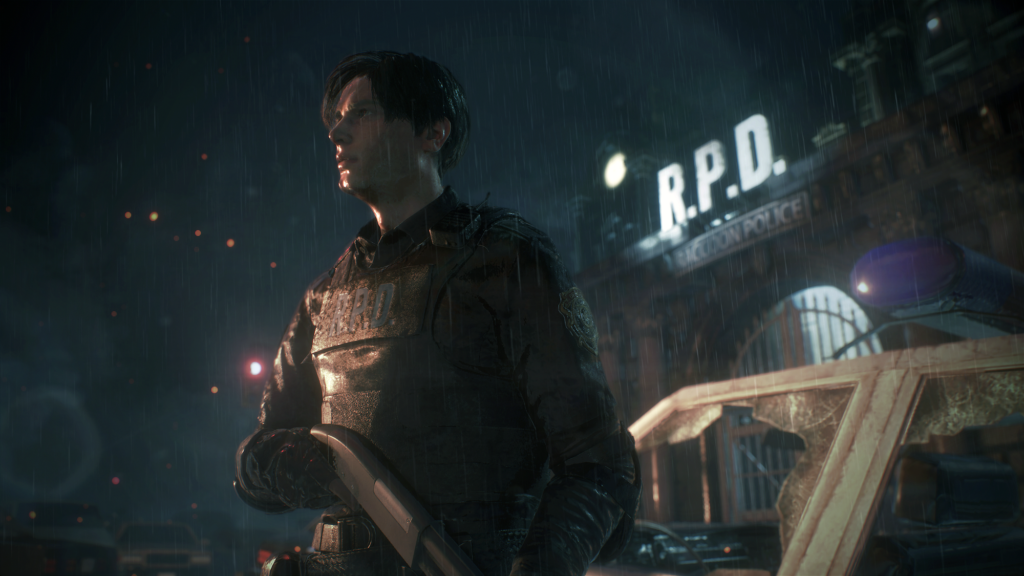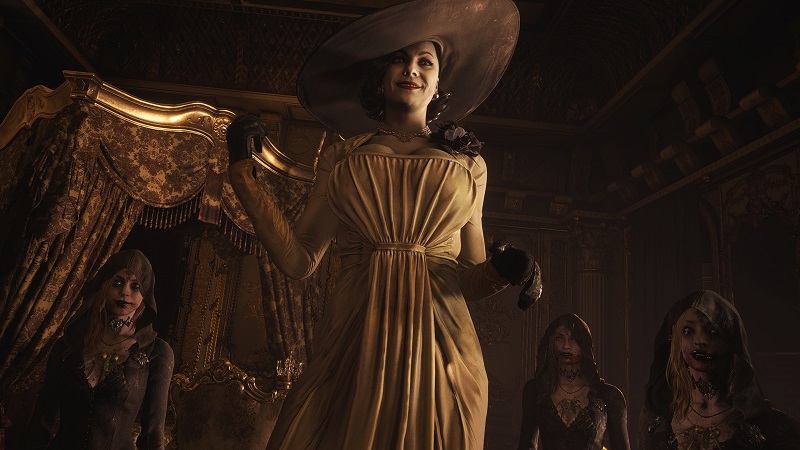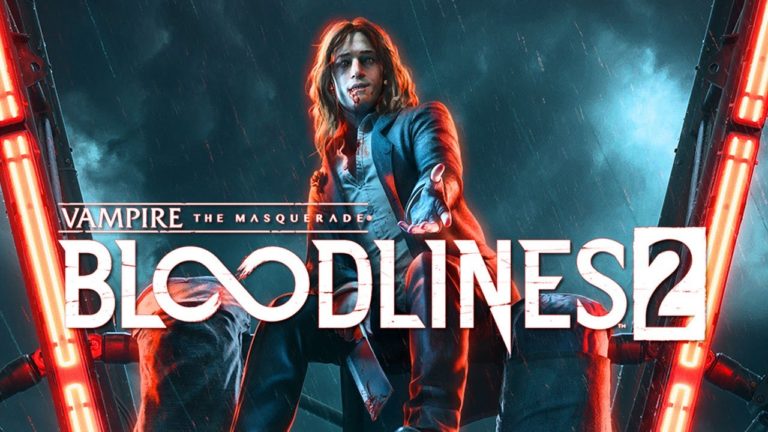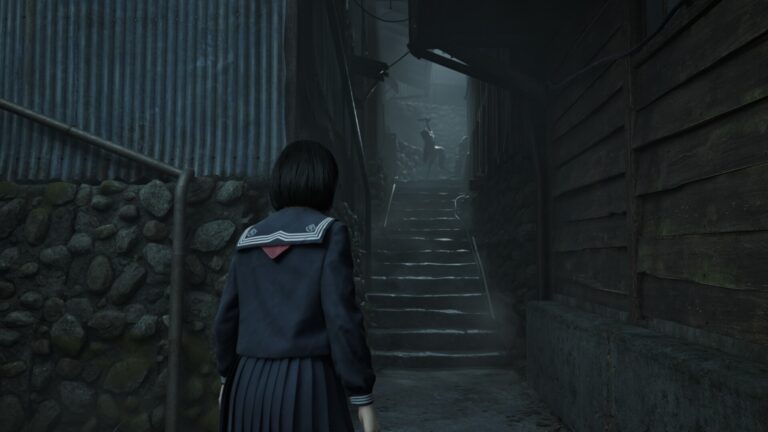Fear has always been the goal in horror games, but how creators get there has evolved. Where once it was enough to throw players into the dark with a gun and dwindling ammo, today’s most impactful horror games are different. They’re built around narrative. They’re driven by emotional stakes. And more than ever, they prove that the most haunting weapon a game can wield isn’t a monster or a jump scare, it’s a story you can’t forget.
Narrative-driven horror didn’t appear out of nowhere. Early genre-defining titles like Silent Hill (1999) already hinted at this potential. Where Resident Evil (1996) was content with zombie outbreaks and bioweapons, Silent Hill burrowed into psychological horror. It made the town itself an extension of its characters’ guilt and fears, and layered its scares with symbolism that fans still dissect decades later.
Silent Hill 2 (2001) took it even further, making players piece together a heartbreaking story of love, loss, and self-destruction through distorted monsters and haunting landscapes.
Still, for years, action and survival mechanics remained front and center. It wasn’t until the 2010s that narrative horror truly came to dominate. Games like Amnesia: The Dark Descent (2010) stripped players of weapons entirely, focusing on sanity, helplessness, and storytelling.
Instead of fighting monsters, players hid and uncovered chilling lore about scientific hubris and human cruelty. It was a revelation: horror games didn’t need combat to terrify — they needed immersion. Outlast (2013) followed this path, dropping players into an asylum overrun with violence and madness. Armed with nothing but a camcorder and their wits, players were forced to observe horror rather than overcome it.
The game’s found-footage style and oppressive storytelling turned simple exploration into an exercise in survival and dread. Every flickering light, every blood-smeared wall, told a piece of a larger, horrifying puzzle.
Meanwhile, Until Dawn (2015) demonstrated just how cinematic narrative horror could become. Structured like a slasher movie, it gave players control over a group of teens stranded in a snowy mountain lodge. Every decision — from choosing whether to investigate a noise to how characters treated each other — shaped who lived and who died.
Players weren’t just surviving; they were authoring their own horror story, branching in real time. The butterfly effect mechanic emphasized that tiny, seemingly innocuous choices could have catastrophic consequences hours later.
The success of Until Dawn paved the way for even more story-centric horror. The Dark Pictures Anthology (2019 – present) continued the interactive movie format, with entries like Man of Medan and Little Hope blending choice-driven narratives with classic horror tropes: ghost ships, witch trials, psychological hauntings.
Other games explored horror through more abstract, narrative lenses. Layers of Fear (2016) trapped players inside a constantly shifting Victorian mansion, forcing them to relive the fractured memories of a guilt-ridden painter. Instead of fighting enemies, players unraveled their own sanity, with the environment itself becoming the storyteller.
Similarly, Observer (2017) combined cyberpunk dystopia with psychological terror, immersing players in a decaying future where memories could be hacked and corrupted.
Remakes have also leaned hard into narrative horror. Capcom’s Resident Evil 2 (2019) and Resident Evil 4 (2023) updated the classics with not just better visuals and gameplay, but sharper emotional weight. Leon Kennedy and Claire Redfield weren’t just action heroes anymore. They were young, vulnerable, and trapped in an unfolding nightmare where survival was a brutal, human struggle.
Independent games have been even bolder in fusing story and scares. Titles like Detention (2017) and Devotion (2019) from Taiwanese developer Red Candle Games explore deeply personal and political horrors, weaving cultural trauma into ghost stories that leave players unsettled long after the screen fades to black.
Detention’s exploration of Taiwan’s White Terror era transformed school hallways and classrooms into oppressive, haunted prisons. Devotion told a domestic horror story rooted in religious obsession and familial collapse, drawing devastating emotional power from its quietly horrifying narrative.
Even major franchises have evolved. Resident Evil Village (2021) mixed fairy-tale horror with an increasingly personal story about Ethan Winters’ desperate attempt to save his daughter, offering a tale of sacrifice that carried emotional heft beneath the blood and body horror.
Today, the expectation for horror games has shifted. Players want more than adrenaline — they want a connection. They want stories that haunt them, decisions that linger in their minds, and worlds that echo with meaning.
The upcoming Silent Hill: Townfall, being developed by the narrative-heavy team at No Code, promises to double down on psychological storytelling. Meanwhile, projects like Alan Wake 2 blend horror, meta-narrative, and psychological disintegration into experiences that feel as literary as they are terrifying.
Narrative-based horror games have proven that the scariest monsters are the ones inside us. They’ve redefined what horror gaming can be—not just a fight for survival, but a descent into the soul. And in a genre built on darkness, it turns out the most powerful weapon isn’t fear itself. Its meaning.

